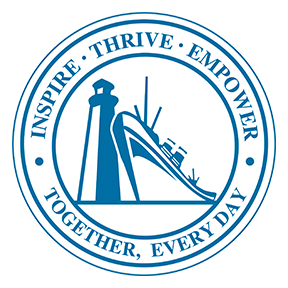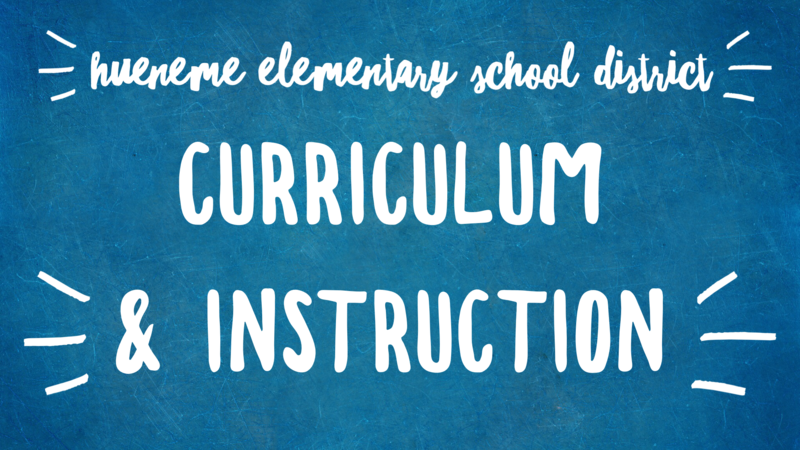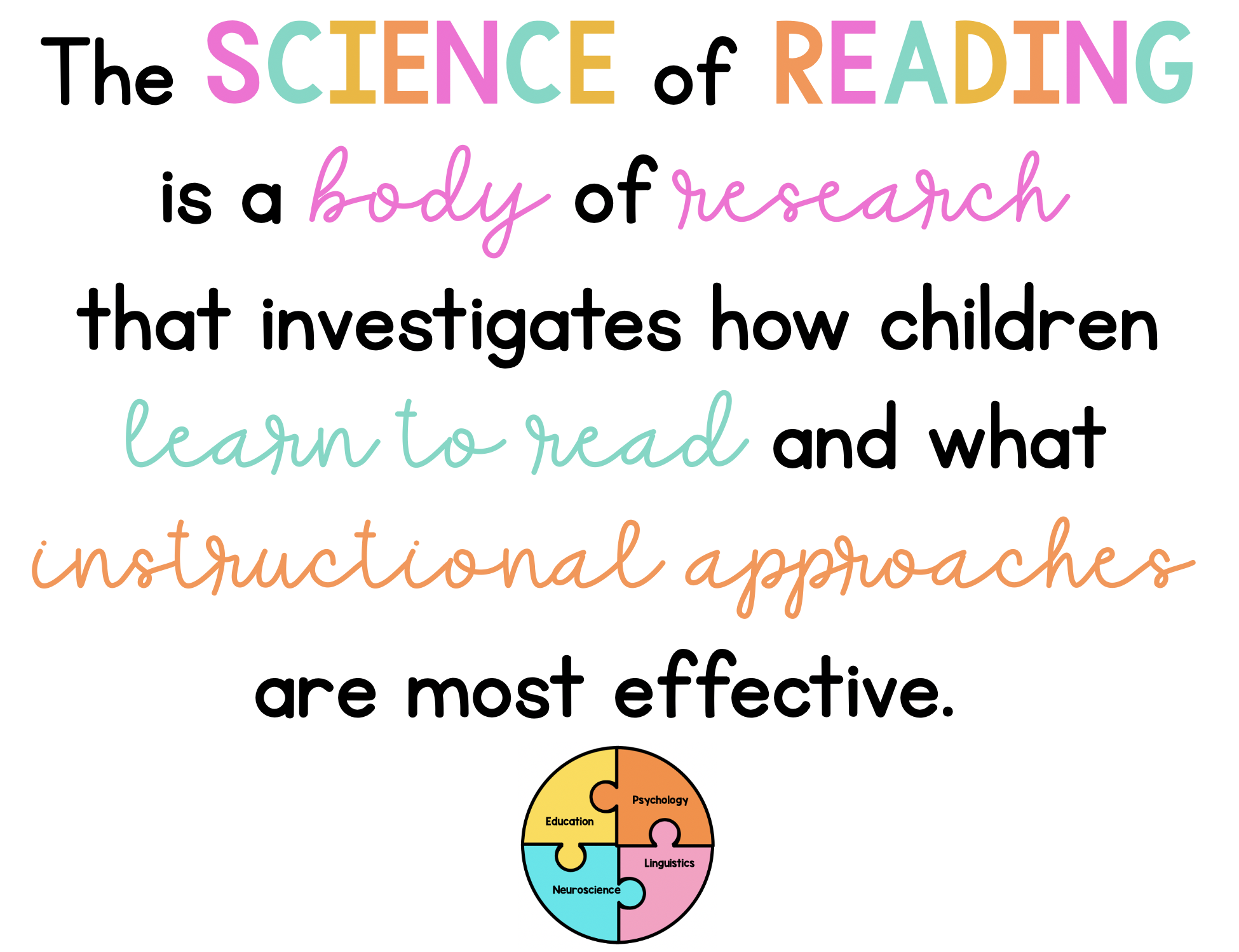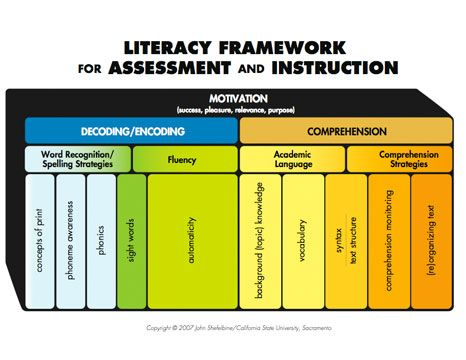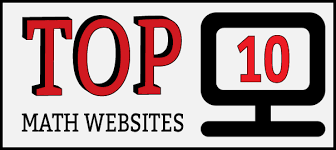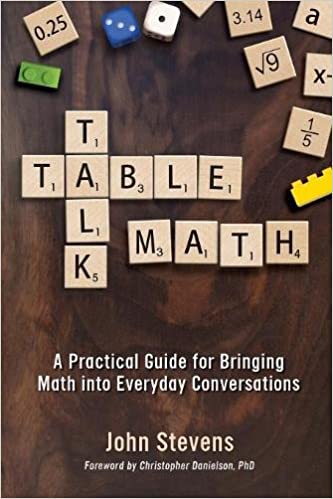A standards-based progress report card is designed to provide accurate information about student performance in meeting the standard for students in grades K-5.
In other words, rather than focusing on a percentage or number of points obtained, standards-based reporting focuses on student understanding or competency.
With standards-based reporting, the conversation shifts from “What is my child’s score?” to “What is my child able to do?” While student work habits are important skills, these skills are reported separately. Marks for the standard are intended to reflect student performance in meeting the standard.
The performance levels we use to report student performance in grades K-5 are:
Not Yet Approaching End-of-Year Standard (1) The student needs more practice understanding the standard. This indicates that your child is still developing the necessary skills and concepts and will need additional support to meet the grade-level expectations.
Progressing Towards End-of-Year Standard (2) The student shows some understanding of the standard and is attempting to meet the standard consistently. Your child is progressing but still working towards consistent mastery of the content. With continued practice, they are on the path to success.
Meeting End-of-Year Standard (3) This is the district goal for ALL students. The student consistently demonstrates mastery of the standard. This means your child has achieved the grade-level expectations and successfully applied the skills and concepts throughout their learning.
Exceeding End-of-Year Standard (4) - This is new to our progress report card. The student applies the standard in in-depth ways beyond what was taught. Your child is demonstrating advanced understanding and skill, going beyond the expected outcomes for their grade level.
Not Assessed This Trimester (/) If a standard was not assessed during the trimester, it will be marked with a slash (/). This means the standard was not yet evaluated or covered during this reporting period.
